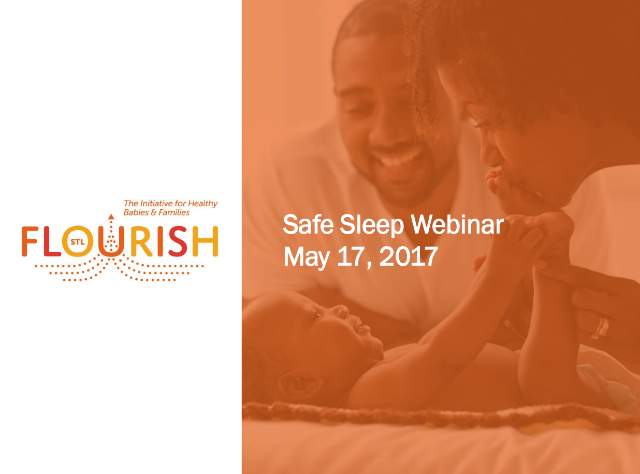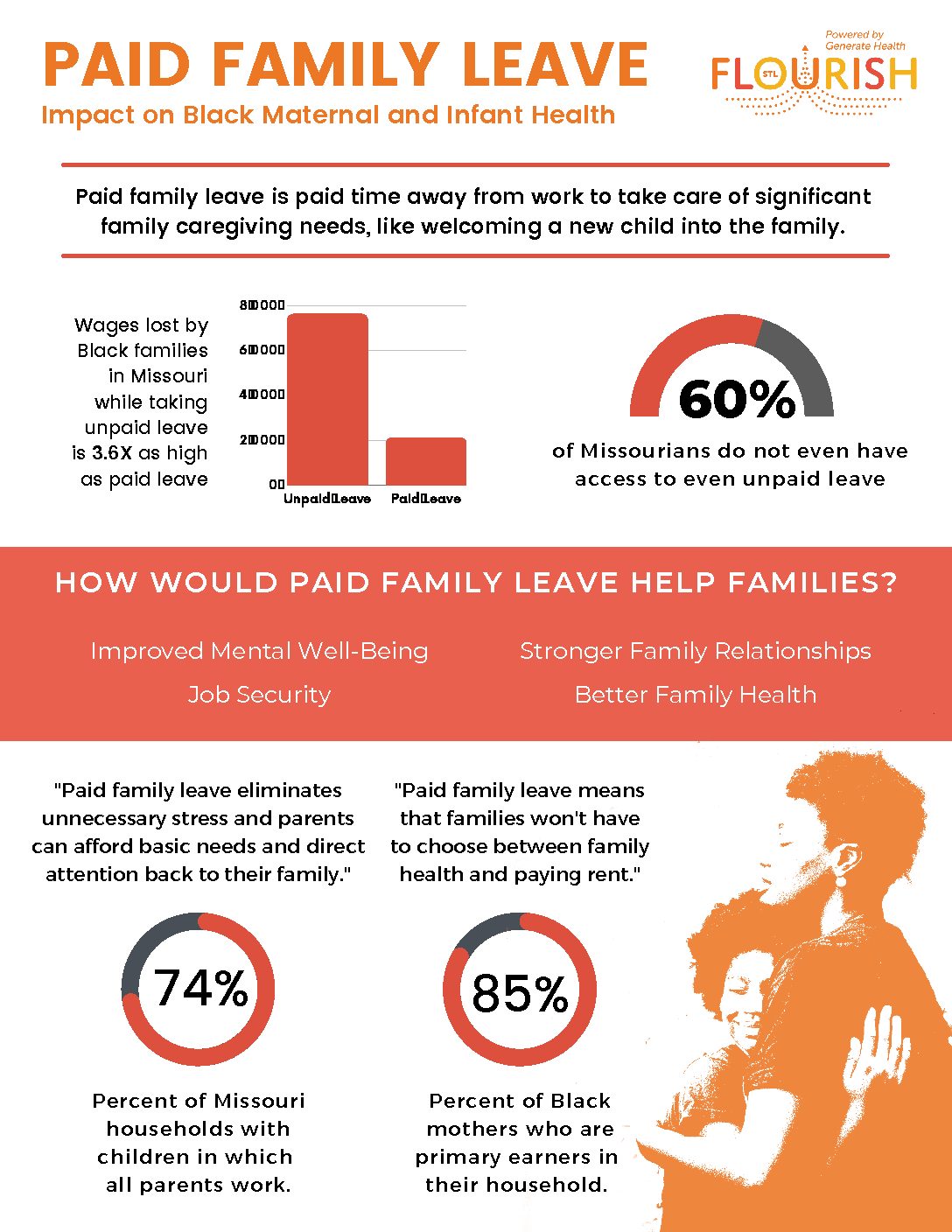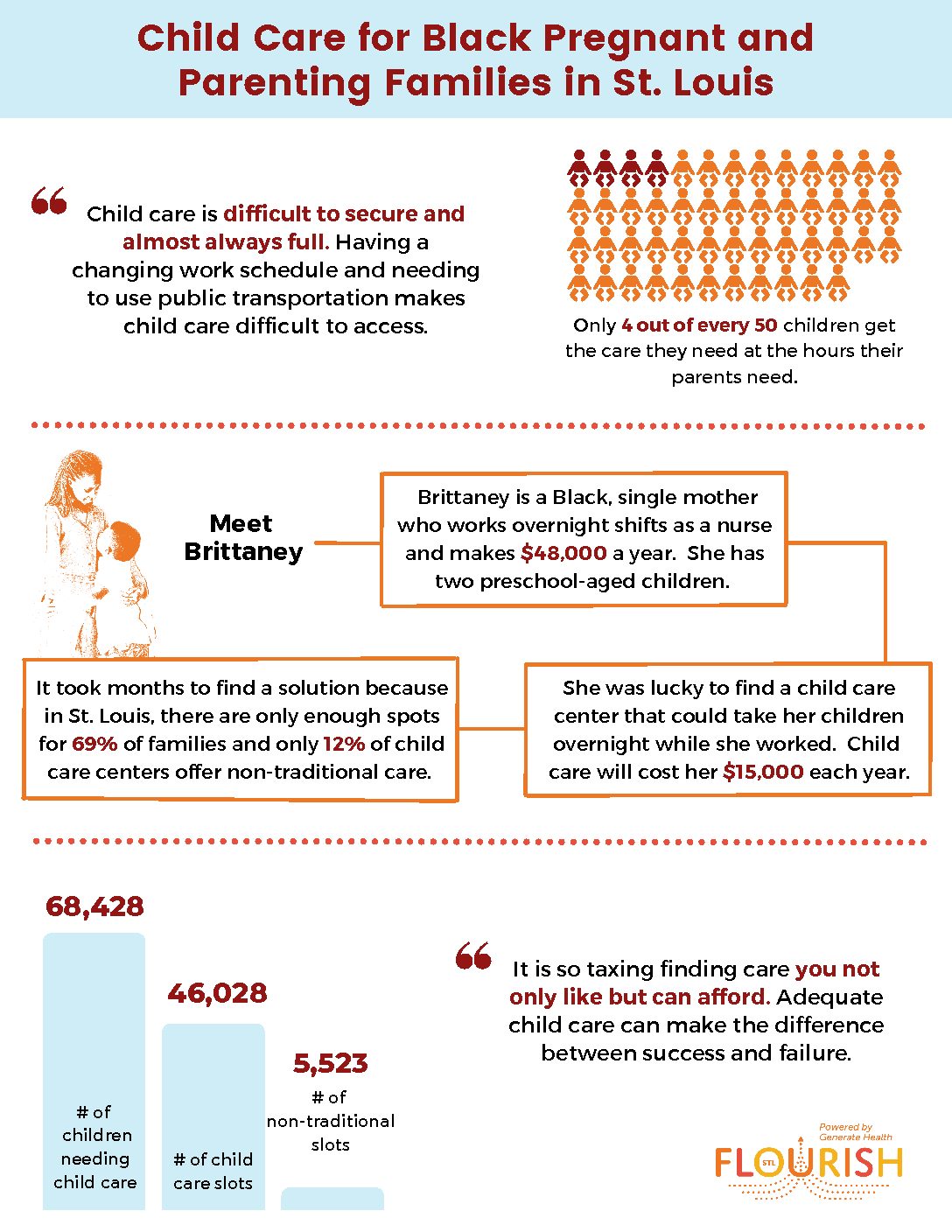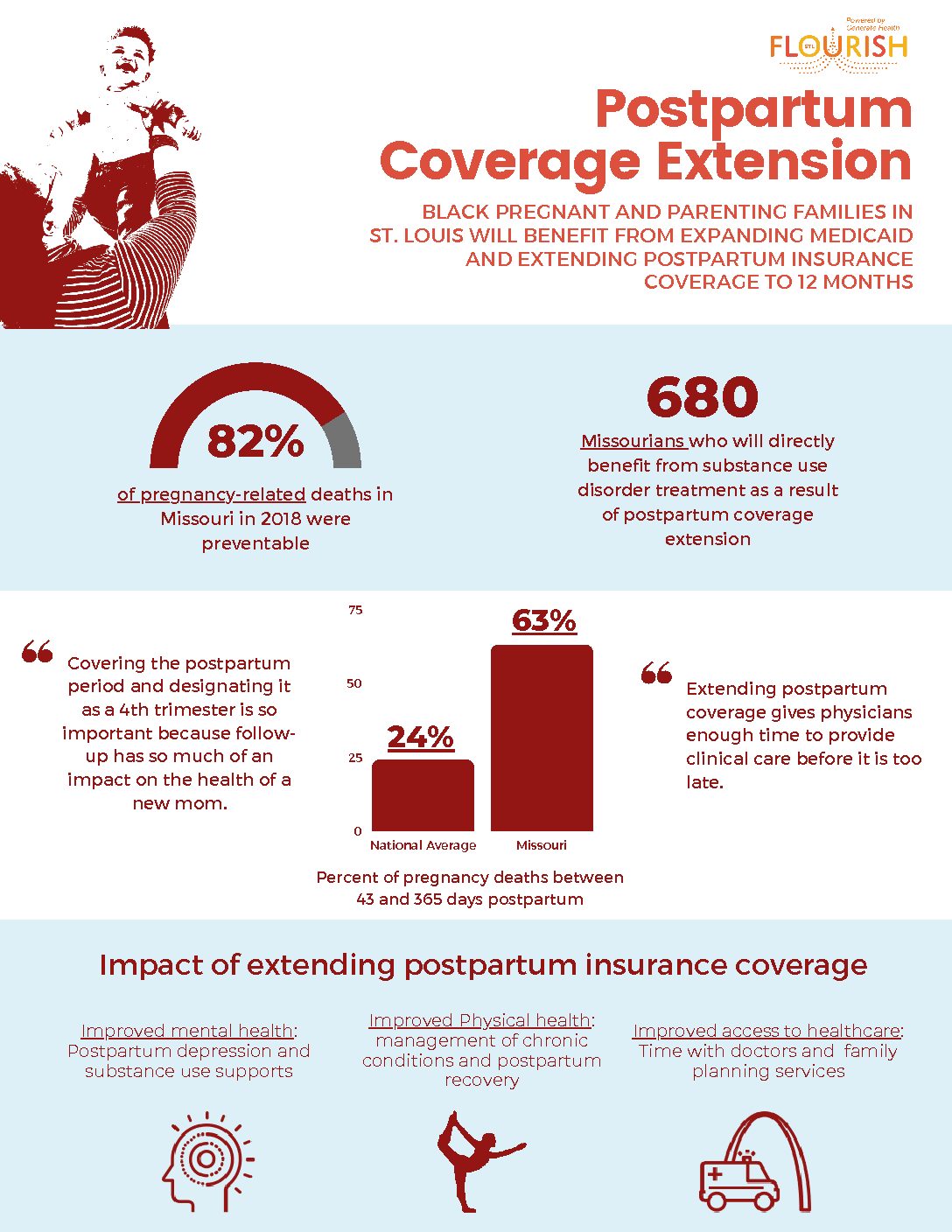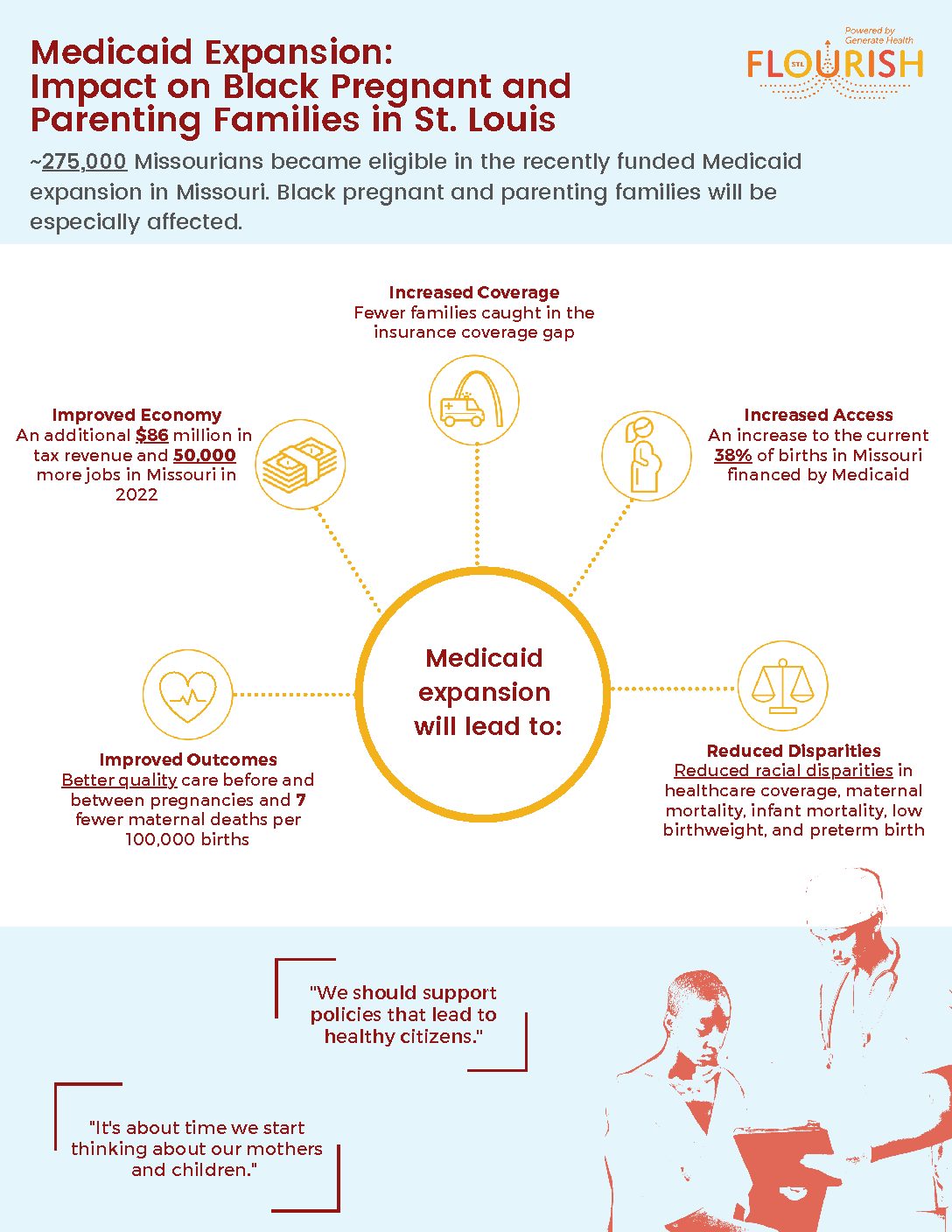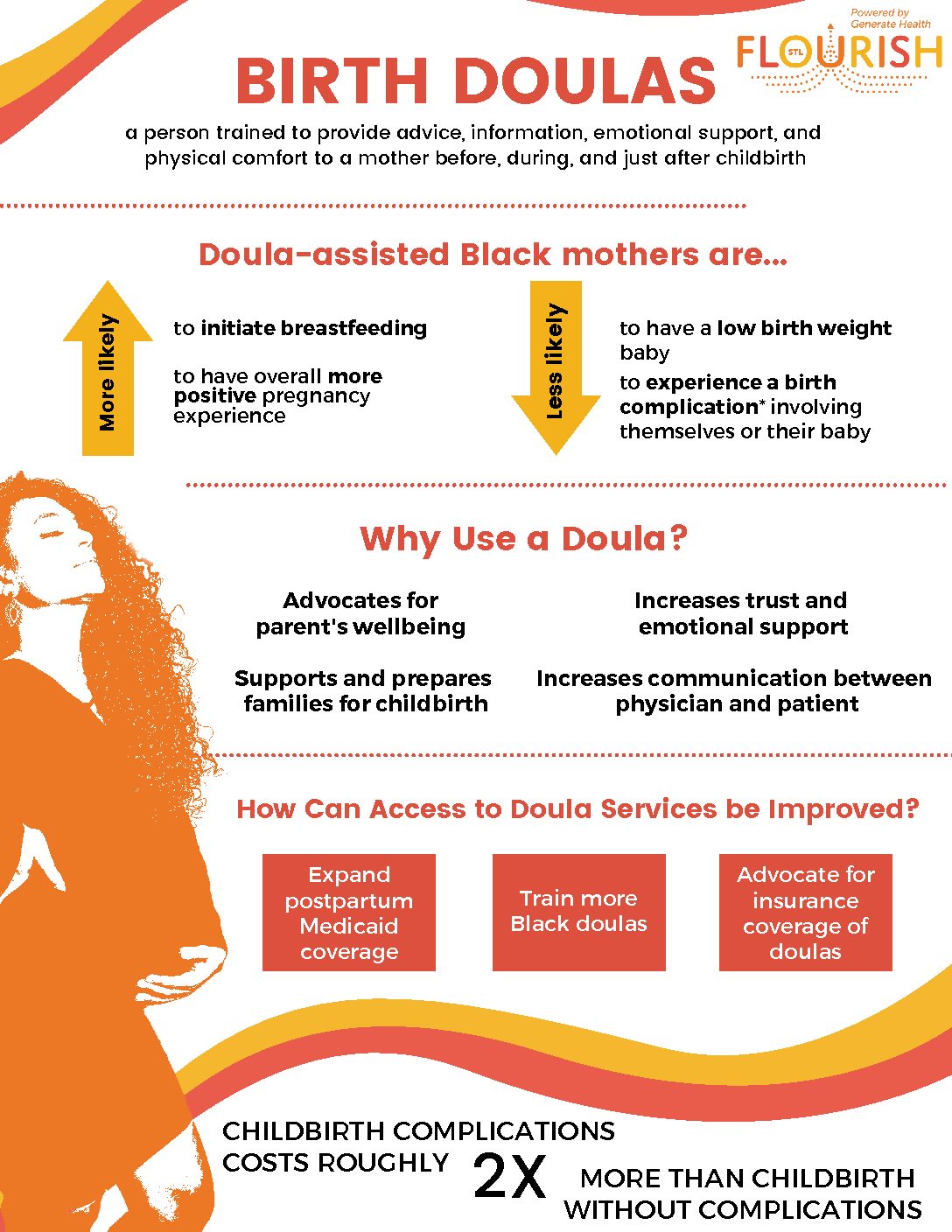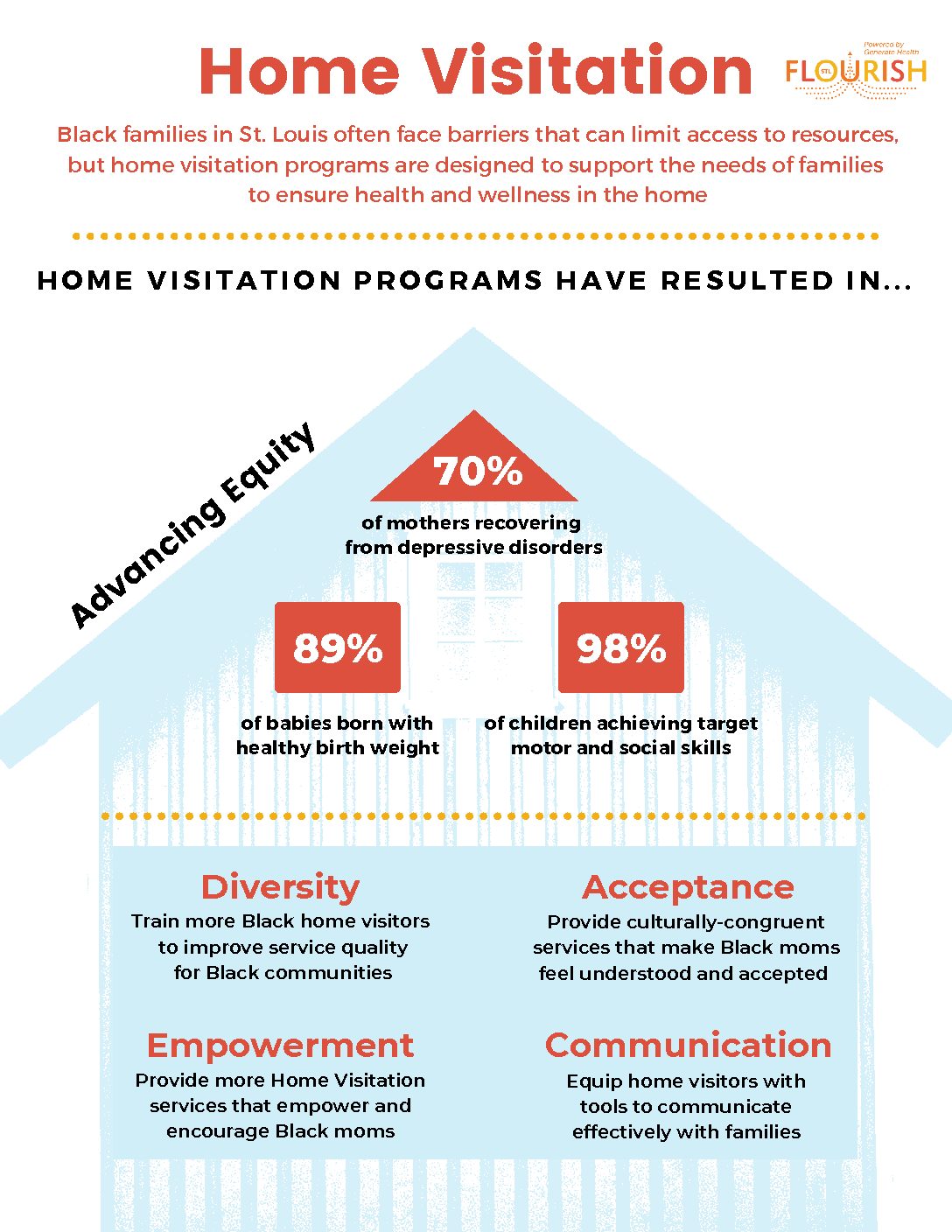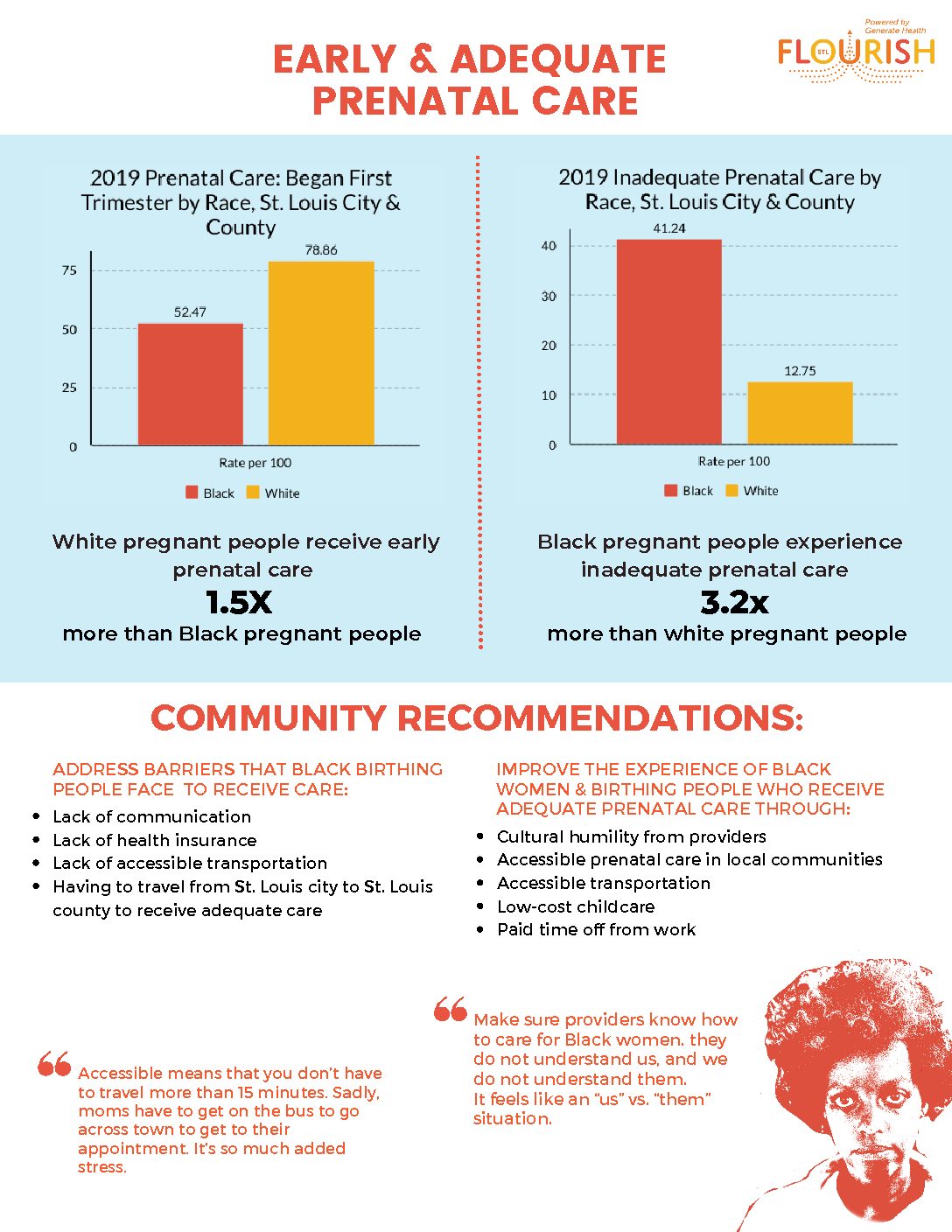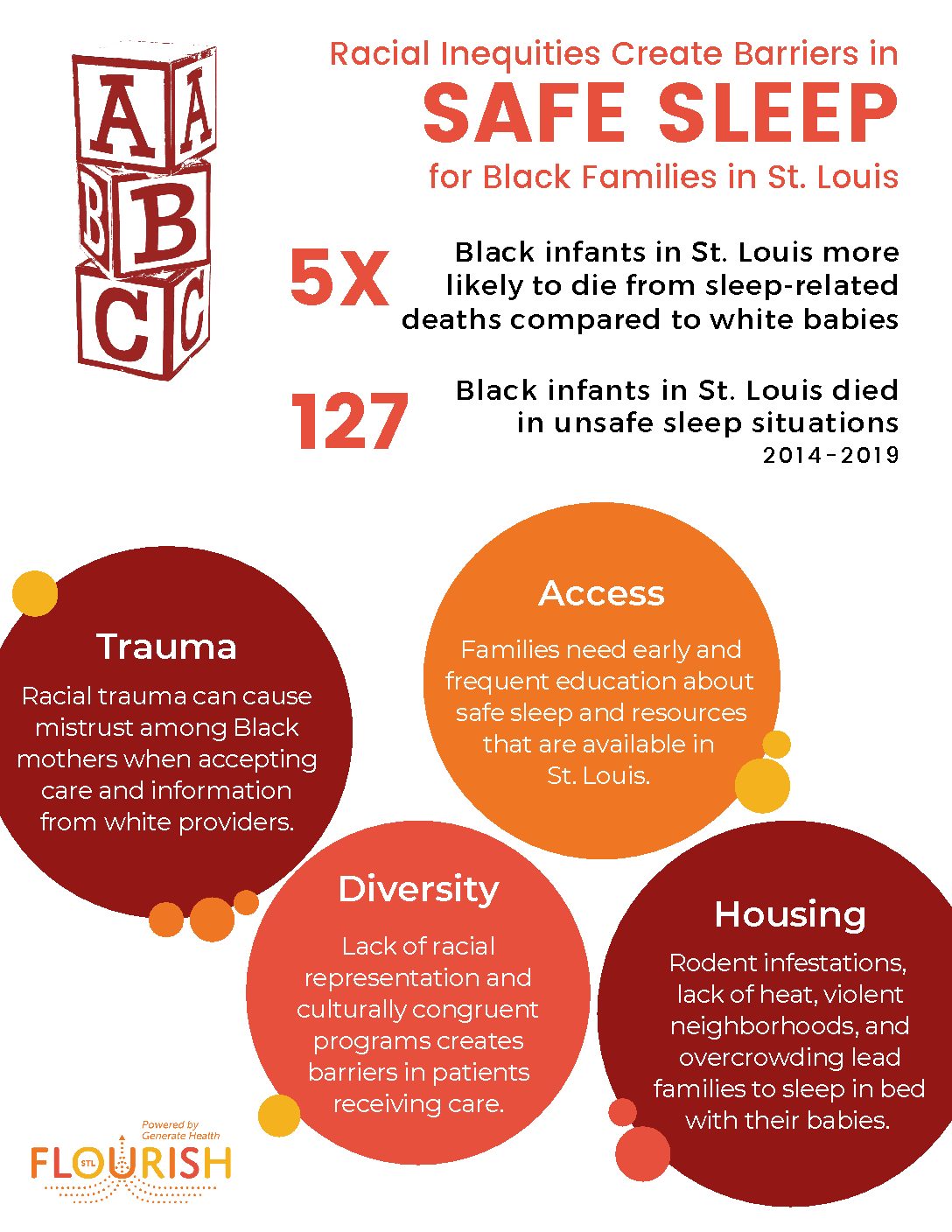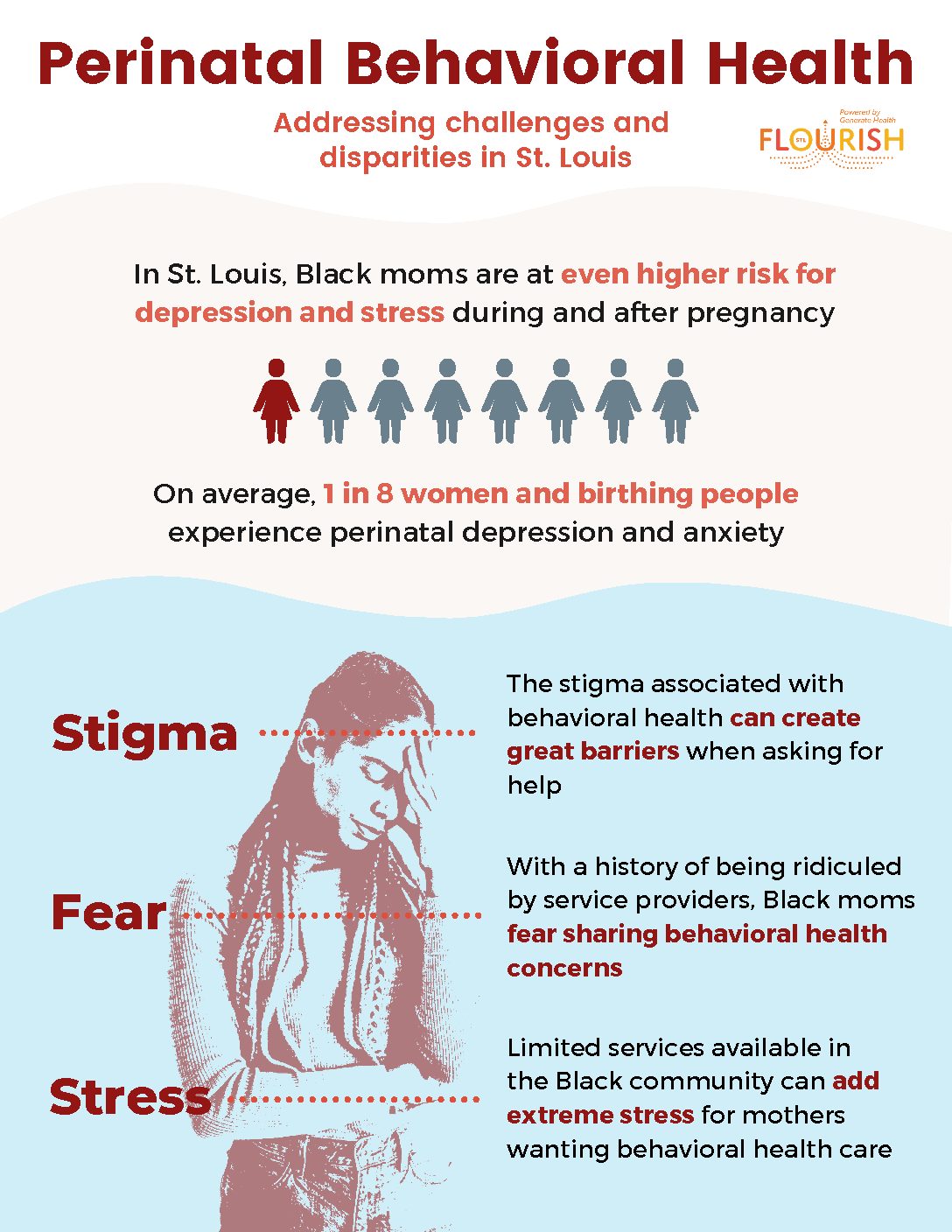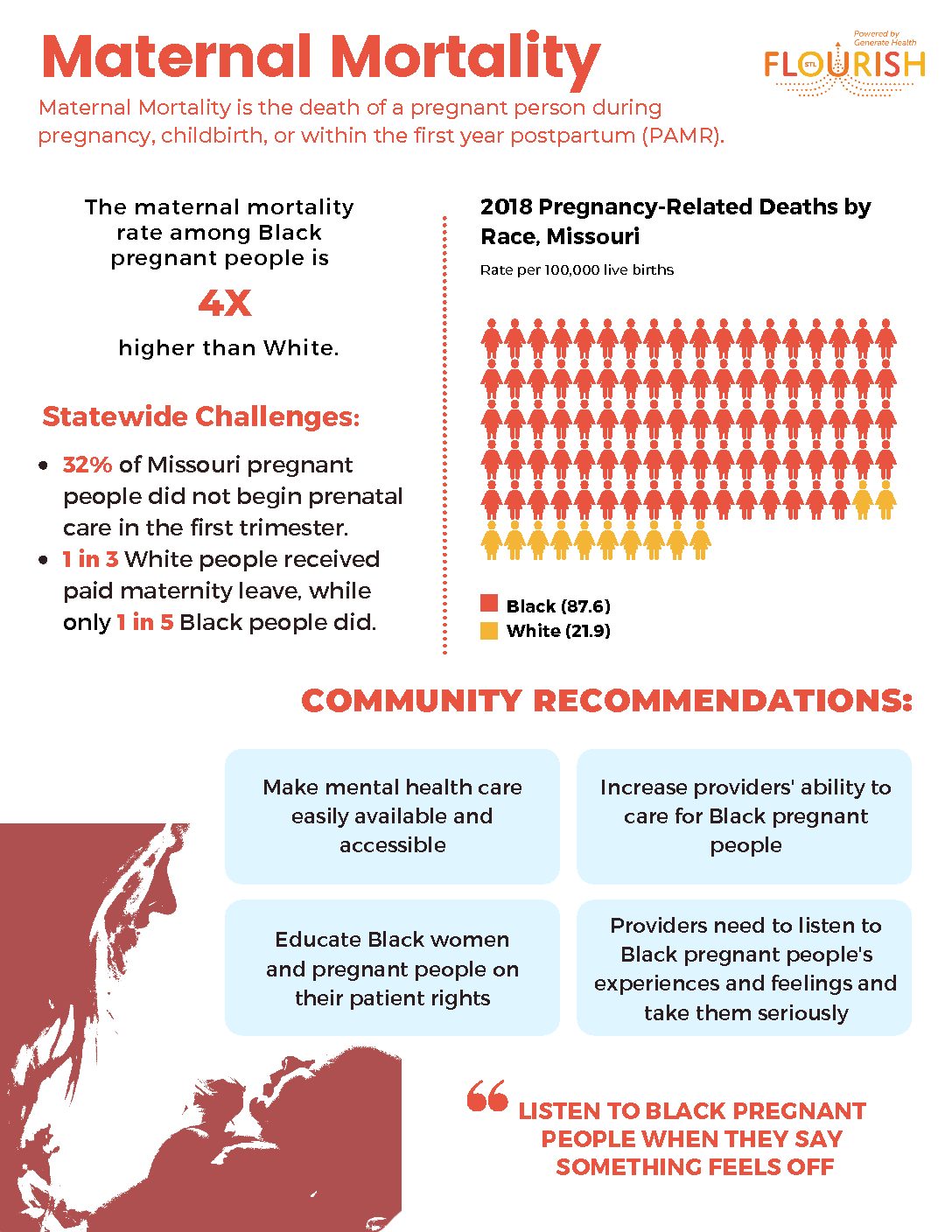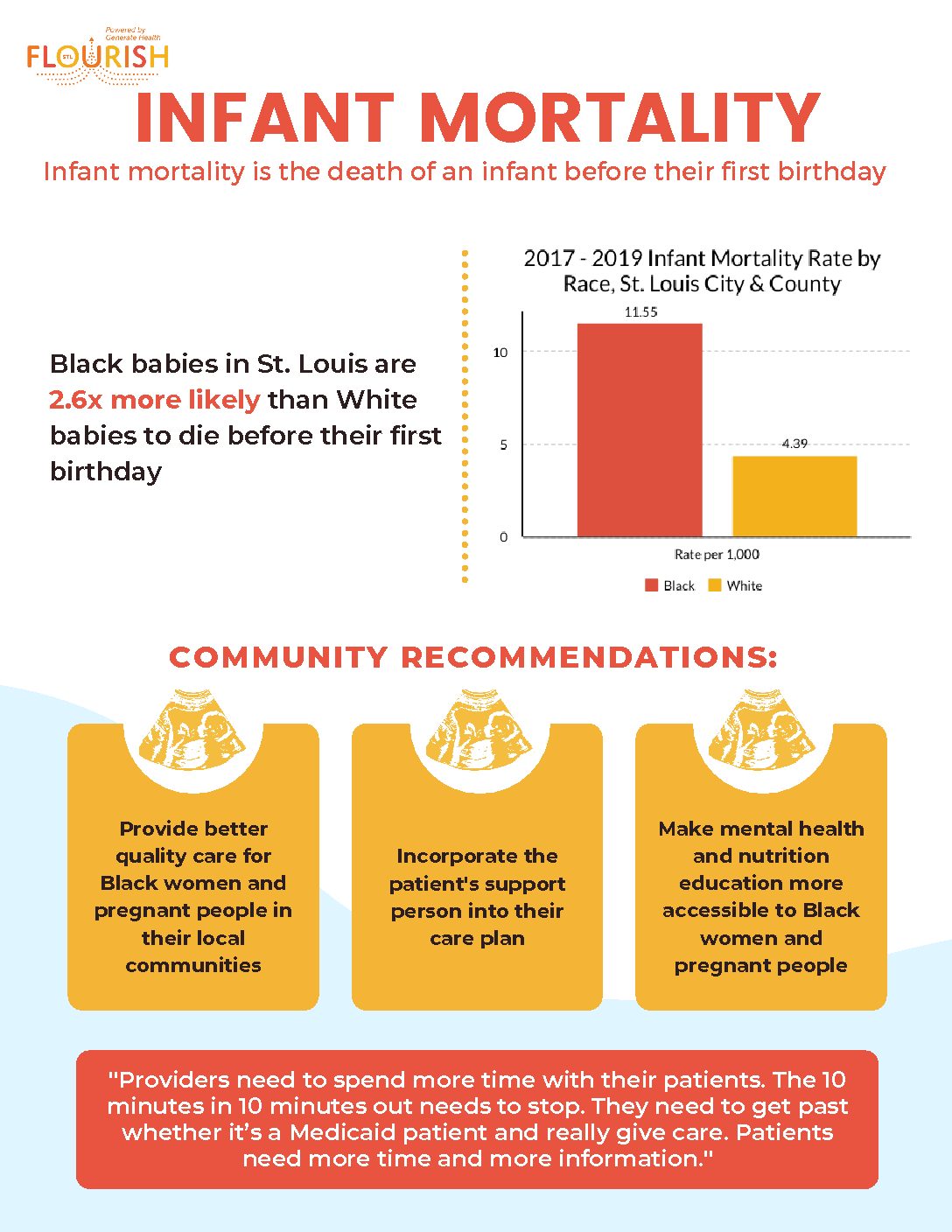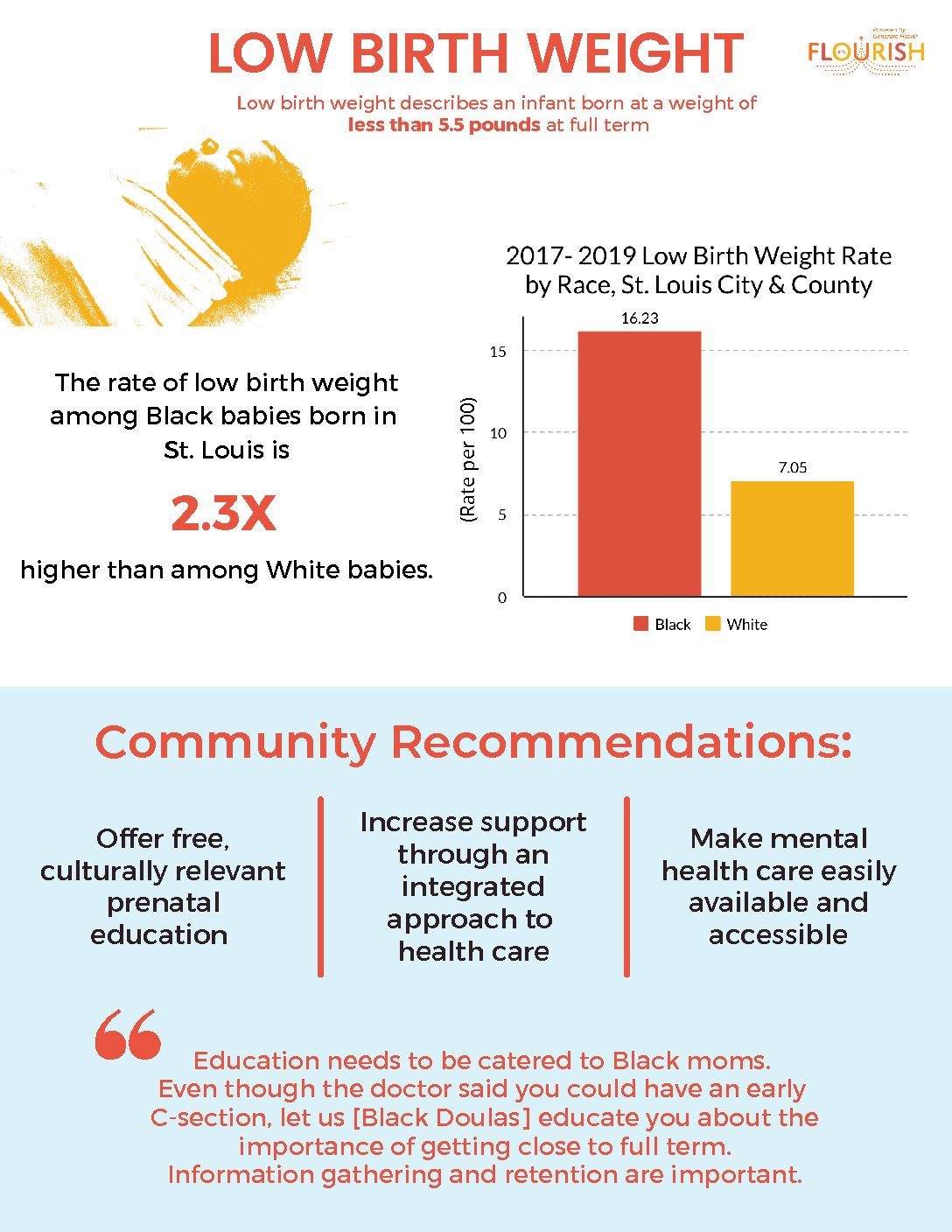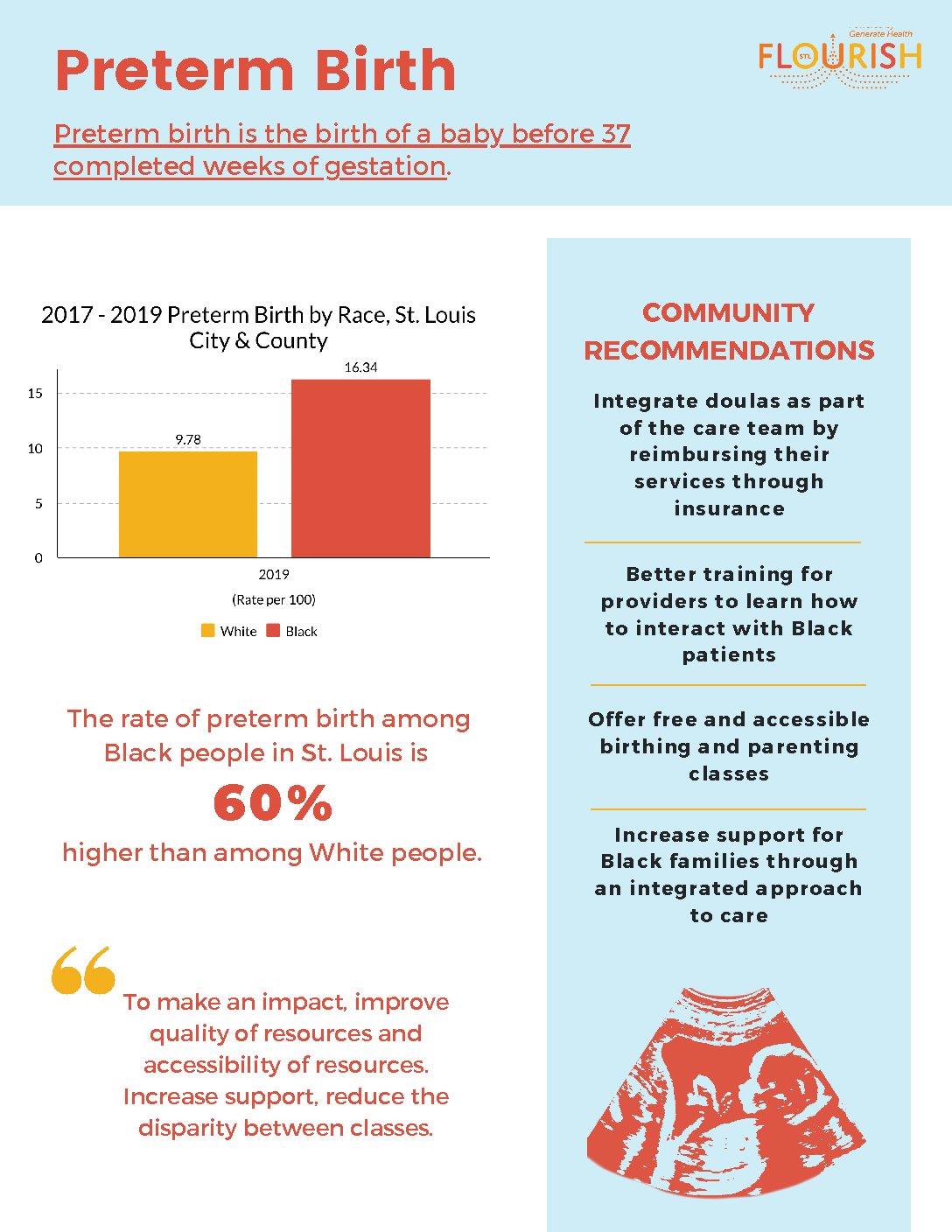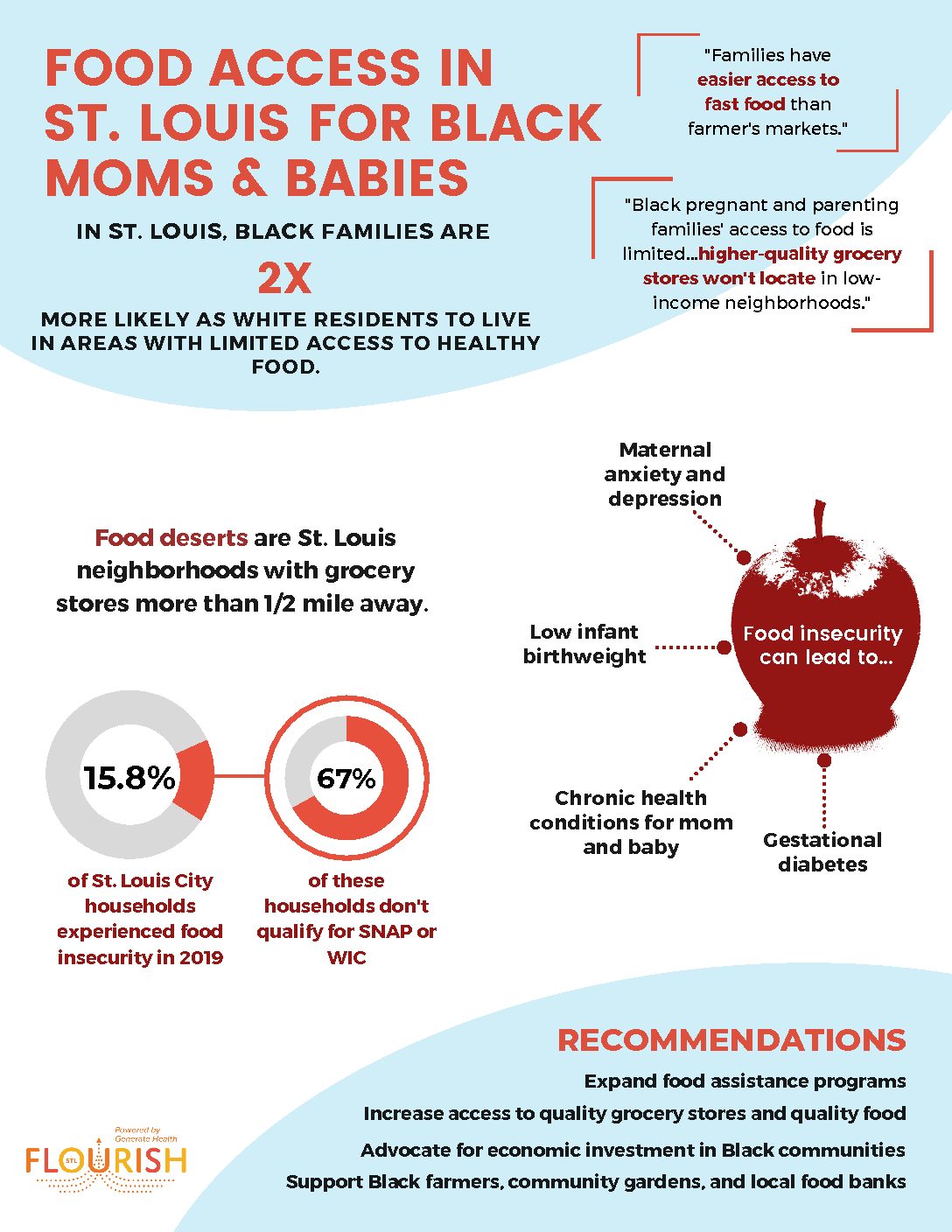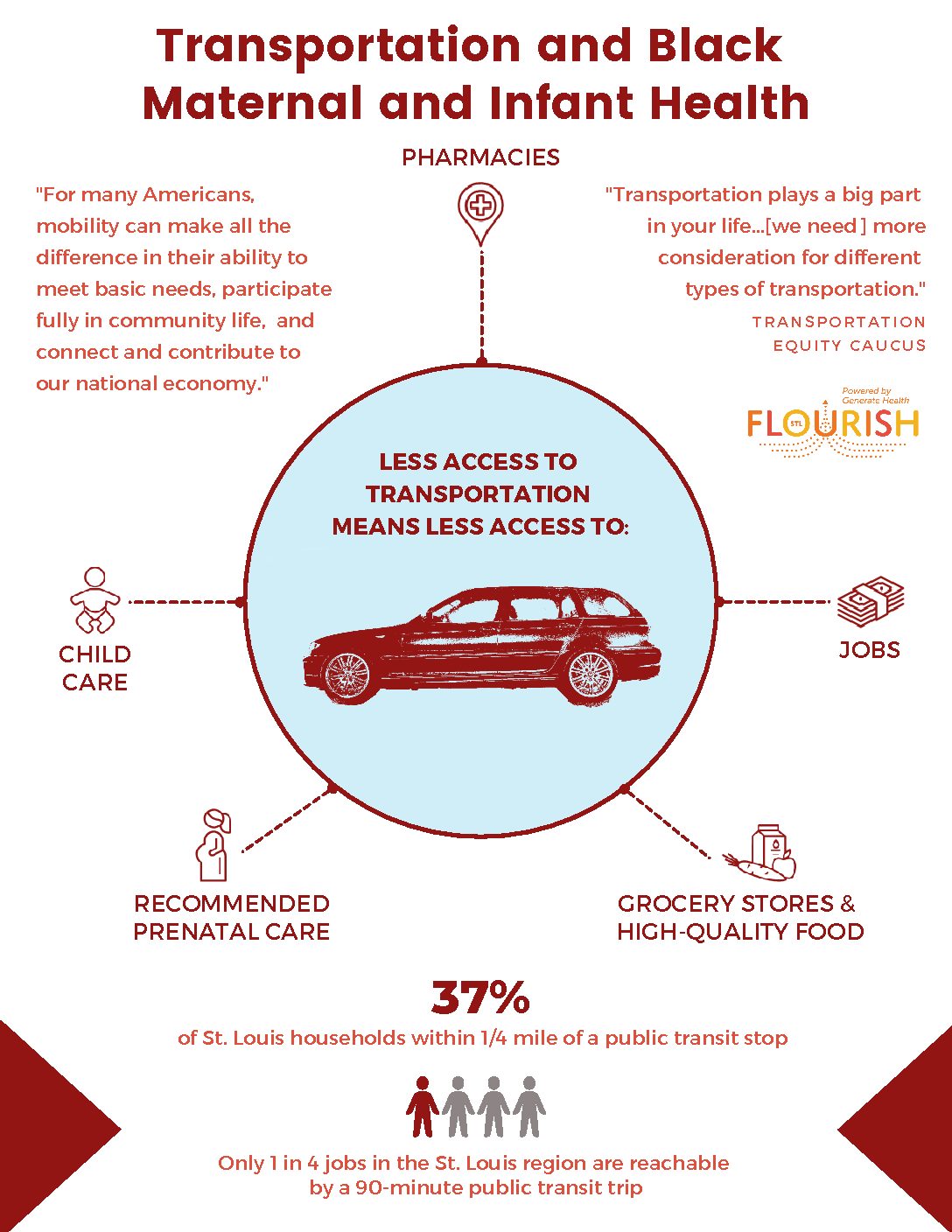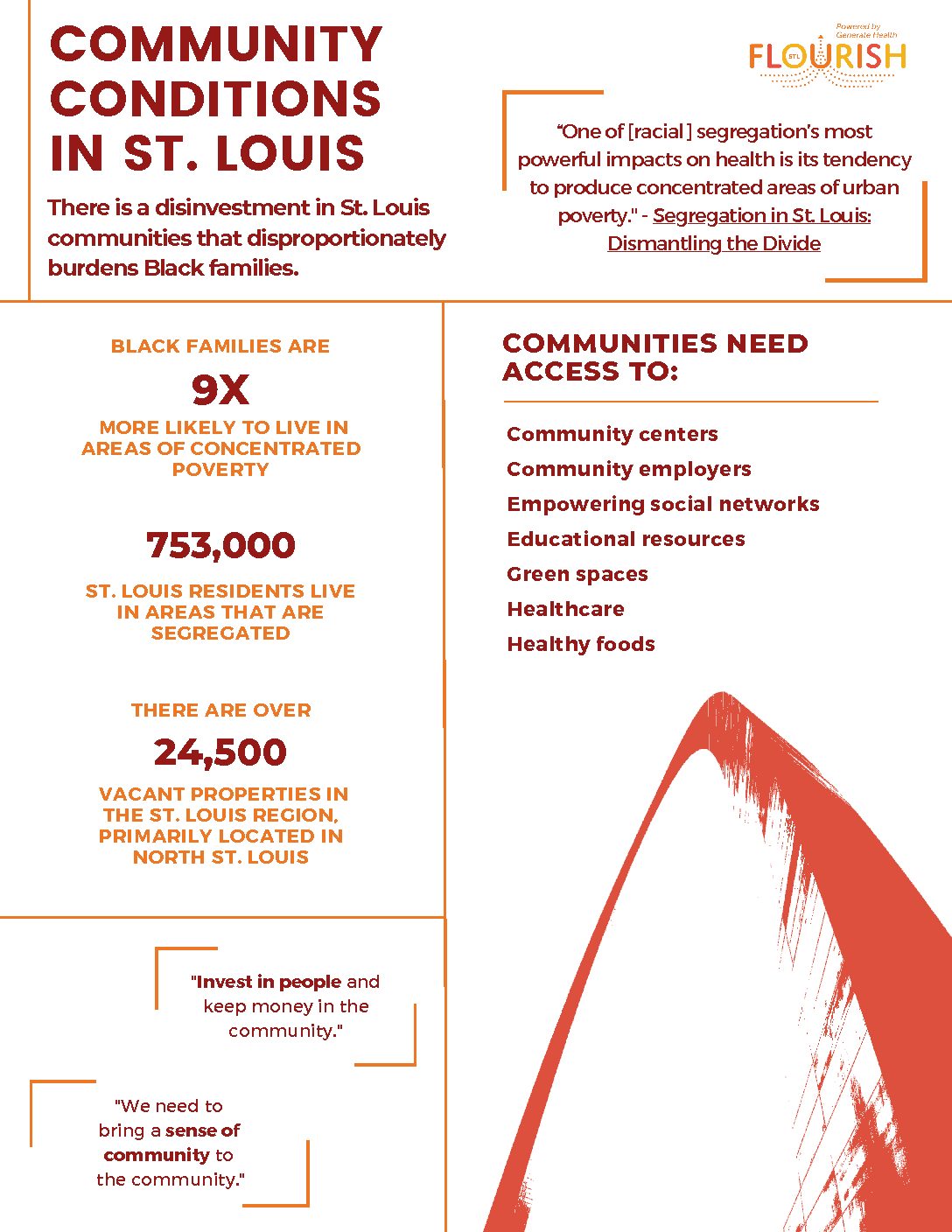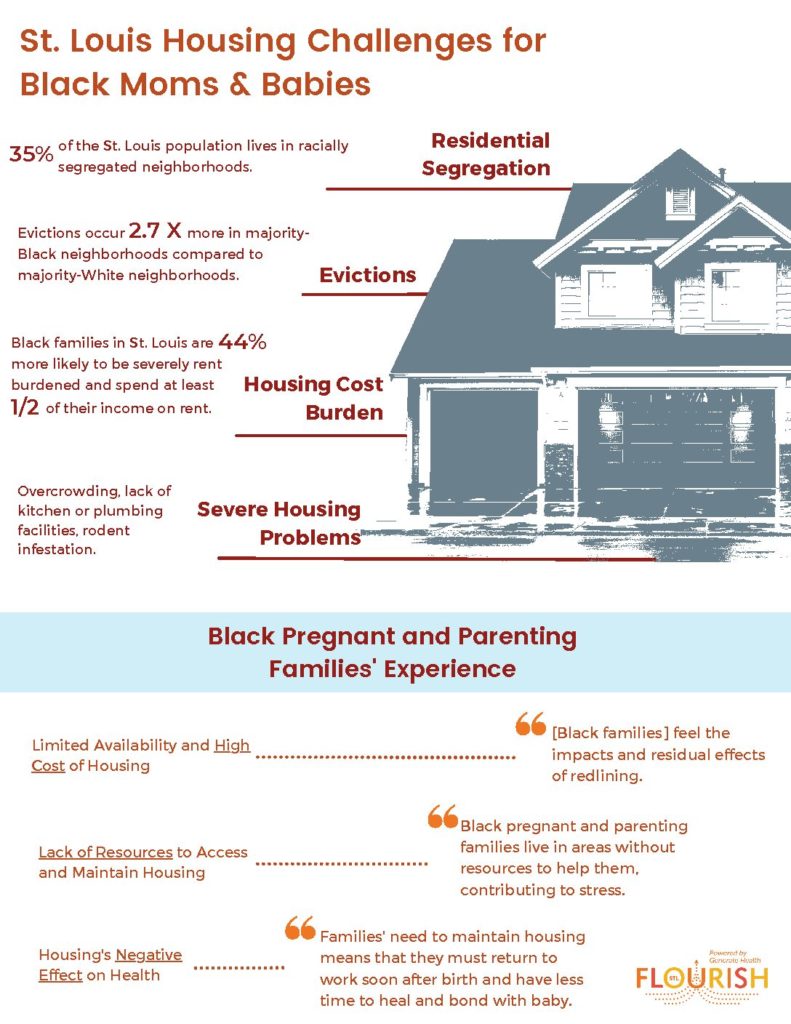Between 2010 and 2014, 48 St. Louis babies died from sudden or unexplained causes. However, many of those may have been avoided by practicing safe sleep guidelines.
In May, FLOURISH St. Louis hosted a webinar where we discussed the topic of safe sleep, as well as how our Infant Health Action Team is working both to educate the community on safe sleep and to provide area families the resources they need. In attendance were 90 people from local hospitals, nonprofits and health departments.
Raising Community Awareness
Rosetta Jackson and Rose Purnell, community members and parent leaders on FLOURISH’s Infant Health Action Team, talked about the challenges that parents and families face when it comes to safe sleep. Both women shared that family traditions and misinformation were also to blame for practices that can lead to sudden and unexpected infant death, such as using loose bedding or co-sleeping with an infant.
“It’s about traditions,” said Rosetta. “Many people sleep with their children as a form of bonding in order for children to feel their heartbeat or to know their scent. We’ve learned that these behaviors have been passed down and cemented through generations, making it difficult for the parents and families of newborn infants to adapt to safe sleep practices. It’s not neglect, just lack of awareness.”
Understanding How Racial Equity Impacts Safe Sleep
The importance of education around safe sleep and the need for systematic change was further emphasized by Joia Crear-Perry, M.D., founder and president of the National Birth Equity Collaborative. Based in New Orleans, the NBEC aims to reduce black maternal and infant mortality through research, family-centered collaboration and advocacy. In the city of St. Louis, black babies are four times more likely to die from sudden infant death syndrome than white babies. By reframing the issue of maternal health in black communities, Dr. Crear-Perry and NBEC hope to improve these outcomes by reducing black infant mortality rates by 25 percent over the next five years She helped found “Black Mamas Matter” an alliance led by black women to shift black culture around the topic of maternal health.
Portable Cribs or Baby Boxes?
Representatives from FLOURISH’s Infant Health Action Team spoke about how FLOURISH is working to provide area families with safe sleep solutions for their infants.
One of the most important guidelines to follow is that babies should always sleep in their own space – either a crib, bassinet or portable crib. Baby boxes have been receiving a growing amount of popularity as another sleep option for babies. Widely used in Finland, a baby box is a cardboard box, typically stocked with baby supplies, that can also serve as a sleep surface for a young infant.
Dr. David Wathen, pediatric physician at SSM Cardinal Glennon, discussed the pros and cons of traditional cribs, bassinets, portable cribs and baby boxes, and concluded that portable cribs are the better option for several important reasons:
- The Consumer Product Safety Commission has not established safety standards for baby boxes.
- Babies outgrow baby boxes around four months, during the time that they are most vulnerable for SIDS (sudden infant death syndrome). Portable cribs are a safer sleep option that babies can use up to two years old.
- Most baby boxes cost about the same or more than a portable crib, but a portable crib can be used longer.
Given the evidence, FLOURISH urges St. Louis organizations to support and align with the region’s existing portable crib programs, as opposed to supporting baby boxes.
To watch the full webinar and to learn more about how your community is coming together around the topic of infant mortality, visit our Safe Sleep Guidelines page.

